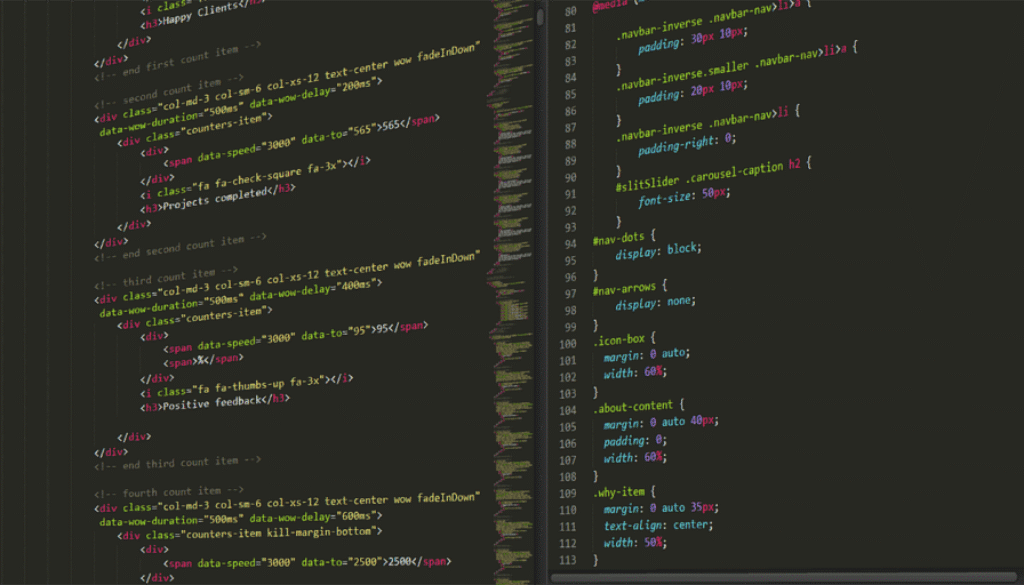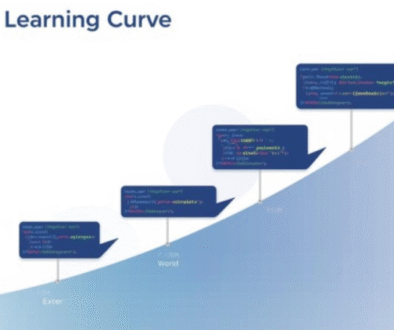Best Coding Practices: A Comprehensive Guide
Introduction
In the ever-evolving world of software development, adhering to best coding practices is crucial for creating efficient, maintainable, and scalable code. These practices not only improve code readability but also enhance collaboration among developers and reduce the likelihood of bugs. This article delves into the essential coding practices every developer should follow to ensure their code meets industry standards.
What Are Best Coding Practices?
Best coding practices are a set of informal rules that the software development community has learned over time. They represent the collective wisdom of experienced programmers and are designed to ensure code quality and efficiency. Here are some of the fundamental best coding practices:
1. Write Readable and Maintainable Code
Readable code is easily understood by others, making it simpler to debug, maintain, and enhance. Here are some tips for writing readable code:
- Use meaningful variable and function names: Names should clearly describe their purpose or the data they represent.
- Follow a consistent naming convention: Whether you prefer camelCase, snake_case, or PascalCase, stick to one convention throughout your codebase.
- Comment your code: Provide explanations for complex logic or calculations. However, avoid over-commenting obvious code.
- Use consistent indentation and formatting: Proper indentation helps visualize code structure, while consistent formatting ensures uniformity.
2. Adhere to DRY (Don’t Repeat Yourself)
DRY principle emphasizes reducing code redundancy by reusing existing code. This practice leads to more maintainable and error-free code. Instead of copying and pasting code, encapsulate it within functions or modules that can be called when needed.
3. Implement SOLID Principles
SOLID is an acronym for five design principles that help developers create more robust and scalable software. These principles are:
- Single Responsibility Principle (SRP): A class should have only one reason to change, meaning it should only have one job or responsibility.
- Open/Closed Principle (OCP): Software entities should be open for extension but closed for modification.
- Liskov Substitution Principle (LSP): Objects of a superclass should be replaceable with objects of a subclass without altering the correctness of the program.
- Interface Segregation Principle (ISP): No client should be forced to depend on methods it does not use.
- Dependency Inversion Principle (DIP): High-level modules should not depend on low-level modules. Both should depend on abstractions.
4. Write Unit Tests
Unit testing involves writing tests for individual units of code to ensure they work as intended. This practice helps catch bugs early in the development process and facilitates code refactoring. Popular unit testing frameworks include JUnit for Java, NUnit for .NET, and Jest for JavaScript.
5. Practice Code Reviews
Code reviews involve peer evaluation of code before it is merged into the main codebase. This practice helps identify potential issues, ensures adherence to coding standards, and promotes knowledge sharing among team members.
6. Use Version Control Systems
Version control systems (VCS) like Git are essential for tracking changes, collaborating with other developers, and managing different versions of the code. VCS allows developers to revert to previous versions, branch out new features, and merge changes seamlessly.
7. Optimize for Performance
Performance optimization is critical for creating responsive and efficient applications. Some performance optimization techniques include:
- Minimize resource usage: Optimize memory and CPU usage by writing efficient algorithms and data structures.
Avoid premature optimization: Focus on writing correct and maintainable code first, and optimize later based on profiling results.
Learn more: Beginner Programming Projects: A Guide to Kickstart Your Coding Journey
Related post: Learn Coding for Free



